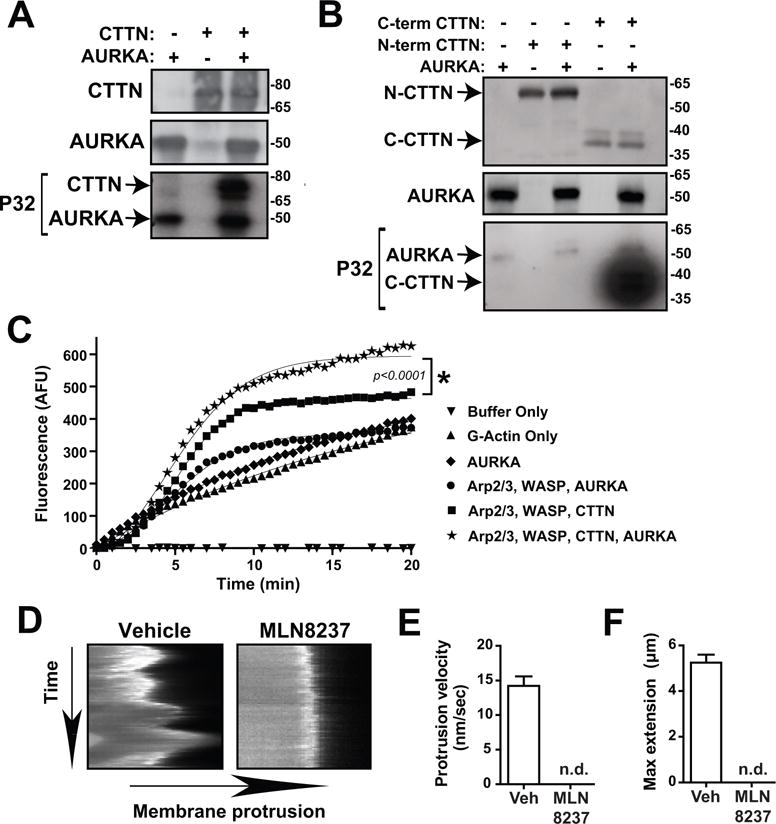Fig. 3. NEDD9 regulates AURKA-driven phosphorylation of CTTN and stability of actin filaments.

(A) Radioactive in vitro kinase assay of recombinant AURKA and full length WT CTTN proteins using radiolabeled P32-ATP, n = 3. WB shows total protein (top and middle) while autoradiograph shows P32-phosphorylated protein (bottom). (B) Radioactive in vitro kinase assay of recombinant AURKA and N-term (1-350AA) and C-term (350-546AA) CTTN proteins using radiolabeled P32-ATP, n = 3. WB shows total protein (top and middle) while autoradiograph shows P32-phosphorylated protein (bottom, 24 hour exposure). (C) Pyrene-actin polymerization assay of AURKA and CTTN, n = 4. Curves were fit with Boltzmann sigmoidal analysis, *p<0.05. (D) Kymographs of cell membrane of MDA-MB-231 cells treated with Vehicle or MLN8237 and quantifications of (E) protrusion velocity and (F) maximum membrane extension. n.d., not detected.
